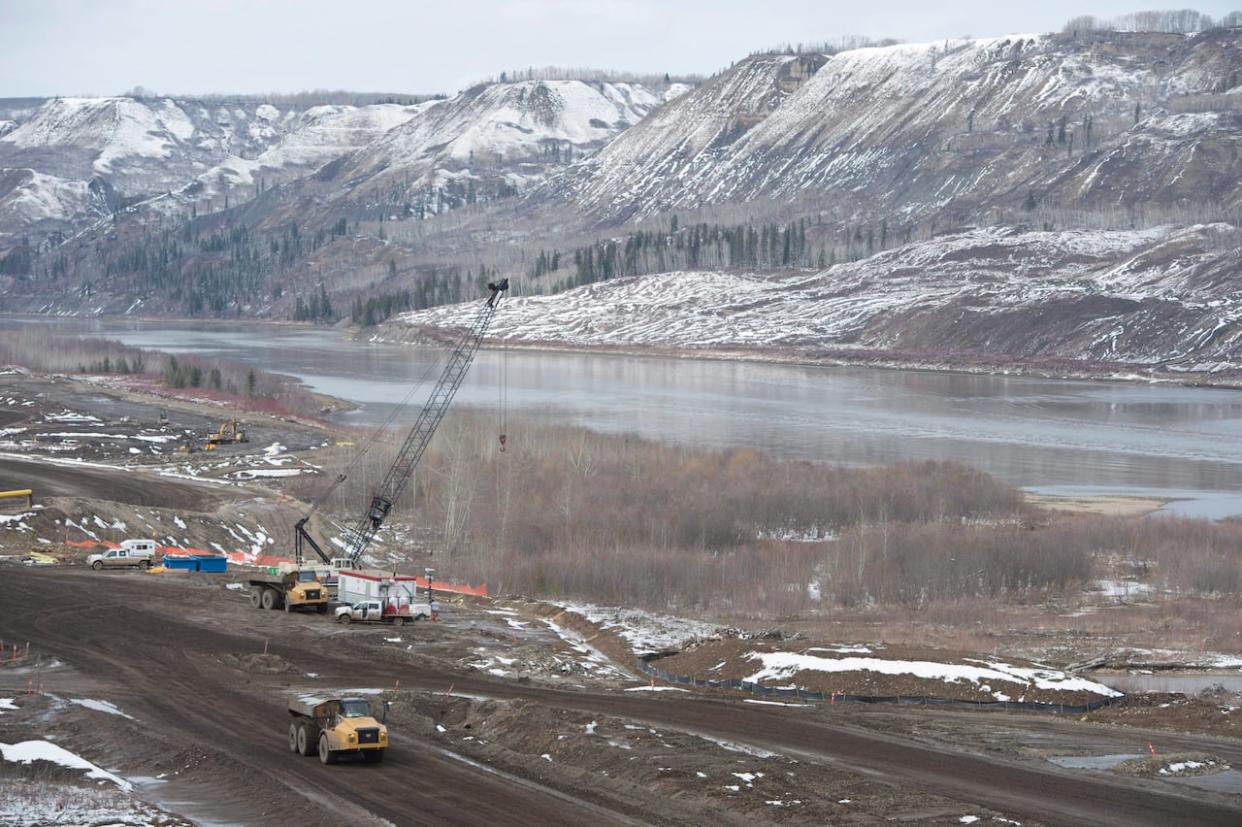B.C.'s Site C dam should have minimal impact on N.W.T. water levels, hydrologist says

- Oops!Something went wrong.Please try again later.
A hydrologist with the N.W.T. government says that filling B.C.'s Site C dam on the Peace River will have minimal impact on waterways downstream, including Great Slave Lake and the Slave and Mackenzie Rivers.
Later this summer, B.C. Hydro is planning to fill the reservoir of the Site C dam. That has some N.W.T residents concerned about the effects downstream, as water levels in the territory are already at historic lows.
Ryan Connon, hydrologist with the territorial government, said when the dam is filled, there will be a "one-time loss" on Great Slave Lake.
The maximum impact, Connon said, would be a loss of 8.5 centimetres on lake. He said that water likely won't be permanently taken away, because snow melt and rain will replenish it.
He said that when Site C is filled, the "most notable impact" will be on the Peace River, followed by the Slave River, then Great Slave Lake, and then the Mackenzie River.
Impacts on the Mackenzie River will be less than on Great Slave Lake, but Connon said he can't give an exact number because water levels along the river fluctuate, with higher water where the river is more narrow.
People could see different changes throughout the river, depending on where they are.
"In the summer, some of those events could be augmented by precipitation, making them even more striking," Connon said.
Significant changes to the river levels over the summer are probably a combination of precipitation and the W.A.C. Bennett dam in northern B.C., Connon said.
'Huge impacts'
Jon McDonald, the environmental manager for the Fort Smith Métis Council, helps monitor water quality and wildlife along the Slave River.
McDonald said the council is concerned about impacts of the W.A.C. Bennett dam, and that there's been lower water downstream and greater fluctuations in water levels since the dam was installed.

Jon McDonald, the environmental manager for the Fort Smith Métis Council, said the council is concerned about impacts of the Bennett Dam. (Submitted)
"There's very little to no communication from the dams as to when they're releasing or retaining water," McDonald said. "The impacts I don't think are fully addressed."
McDonald also said changing water levels have impacts on wildlife, like spawning fish having trouble going up the river.
"There's huge impacts when the waters are fluctuating like that," McDonald said.
McDonald is worried that filling the Site C Dam could reduce water levels further.
"That's a large volume of water, to drop down 8.5 centimetres" he said. "It's definitely going to impact the environment."

